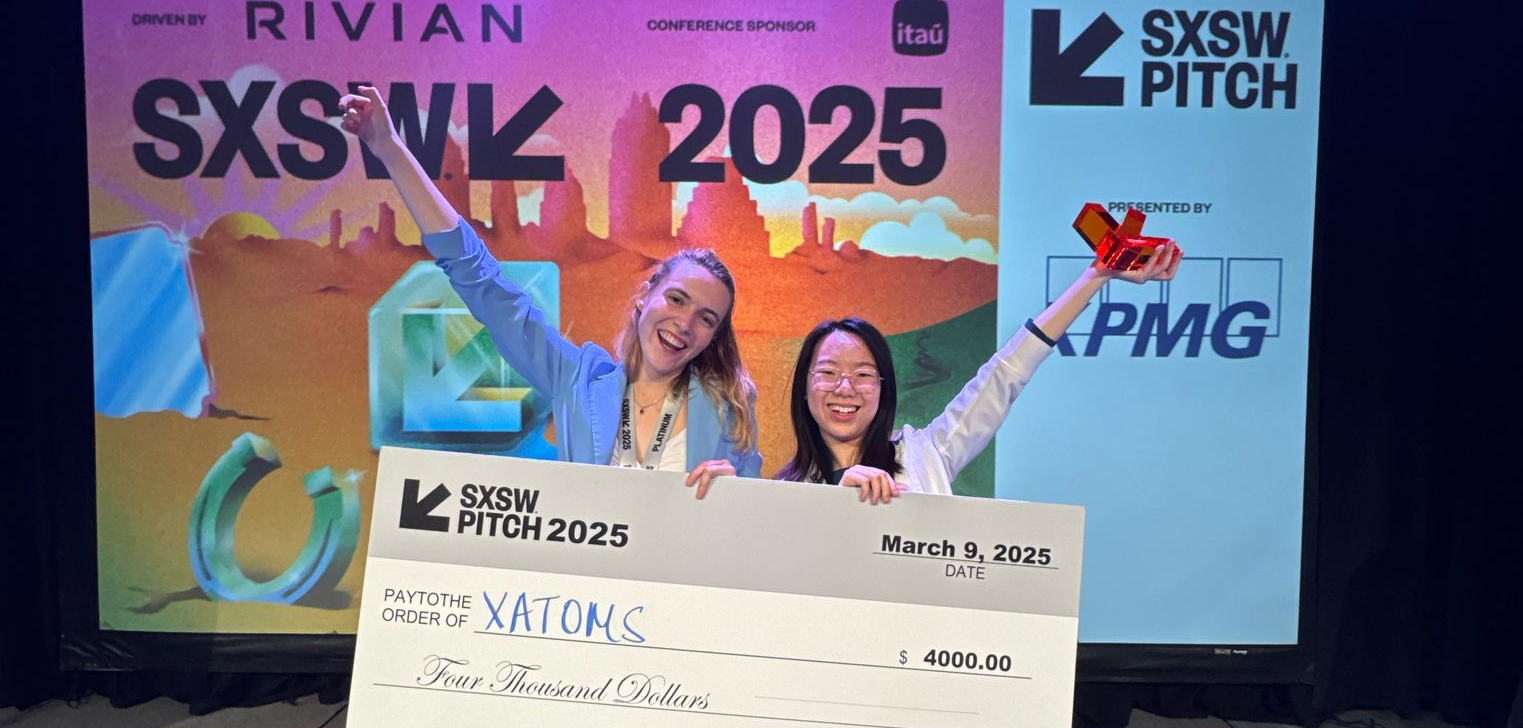For many Canadians, access to clean drinking water is a challenge that only exists a world away; for Shirley Zhong, it was a reality of everyday life.
“I grew up in China, and I witnessed water pollution firsthand,” she says. “I used to get sick just from water pollution, so that planted a seed inside me that I wanted to work on water.”
After moving to Canada at the age of 12 Zhong says she was shocked to see people drinking directly from the tap, and wondered how she could bring the same kind of water safety to the rest of the world.
Zhong got that opportunity while studying software engineering at Western University, where she met follow clean water enthusiasts and computer engineering students from the University of Toronto Kerem Topal Ismail Oglou and Diana Virgovicova.
Virgovicova, for her part, took up the cause after a trip to Mumbai, where she saw women washing themselves with polluted water during menstruation, potentially exposing themselves to harmful bacteria.
“She went back to her home country, Slovakia, found a professor, and went into years of research discovering materials for clean water [purification],” says Zhong, explaining that it was there that she discovered a way to use sunlight — or any other light source — to remove bacteria and harmful pollutants from water.
“Kerem, our CTO, was able to streamline Diana’s initial discovery and implement an AI and quantum chemistry-based algorithm that enabled us to discover eight more [water purification] materials this past year,” Zhong says. “The software component enables us to continuously discover more materials for water purification.”
Zhong explains that chemical water treatment has historically relied on UV light to activate purifying molecules, which can be expensive and difficult to produce. Their solution, however, could remove pollutants and bacteria in under 30 minutes of exposure to any light source, including sunlight, saving significant time and money.
Last year the three co-founded Xatoms at the University of Toronto Mississauga’s SpinUp wet-lab incubator and began competing in — and winning — startup competitions in the city.
“IDEA Mississauga was one of the sponsors at an event,” Zhong says. “Over this past year, we learned about the Step-Up Program, and we decided to participate.”
Zhong says the three co-founders entered Idea Mississauga’s Step-Up program earlier this year seeking mentorships and support, and to connect with other entrepreneurs in the local ecosystem, but ultimately received even more.
“IDEA helped us get into conferences we wouldn’t have had the opportunity to join otherwise,” she says. “It was also really helpful from a mentorship aspect in terms of getting their fractional CFO support and connecting us to a manufacturing and R&D partners; that was really helpful.”
Since joining Step-Up Xatoms has only accelerated its progress, recently closing a significant seed funding round, kickstarting pilots in Texas, Kenya, and South Africa, appearing at Goals House as part of the UN General Assembly and connecting with Water.org co-founder Matt Damon. “We are in touch with him to explore a collaboration,” Zhong says.
To top it all off, Xatoms recently took home top honours at annual Austin tech showcase South by Southwest (SXSW)’s Pitch Competition, finishing first in the “Innovative World Technology” category against 70 contenders from around the world.
Looking ahead, Zhong imagines a day when Xatoms’ powder-based, sunlight-activated water purification technology brings clean drinking water to the estimated two billion people around the world that currently lack access.
“We see it being deployed in small scale filtration applications, to medium size deployments —like reactors — and our final goal is going into the industrial scale water treatment market,” she says. “The main goal for the company is just to continue to discover more materials that purify water more cost-effectively, efficiently and to bring clean water to more people.”




